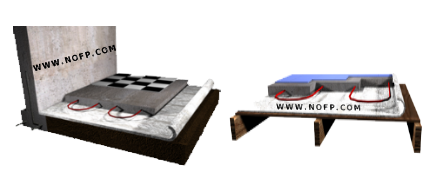Examples of typical installation techniques are provided as a guide for NOFP’s reflective foil foam insulation products as well for the Barrier under concrete radiant floor insulation.
In order to achieve the maximum R-values with MicroFoil reflective foil radiant barrier insulation products and all other reflective foil insulation or radiant barriers, an air space on both sides is recommended. However, significant results can be obtained following the guidelines below. Insulation assumptions cannot be made if the amount of airspace is different from what has been tested. NOFP has provided many different assembly tests to show the values, however, making changes to how the product is installed will change the resultant R-value achieved.
MicroFoil reflective foil R-values and all reflective foil insulation products are dependent on the direction of the radiant heat flow. The highest R-values are achieved when the heat is coming vertically downward on the product such as in a roof assembly or floor joist since more radiant energy flows downward. The R-values for heat flowing vertically upwards and horizontally are different and are noted in the table test results and on product literature where applicable.
The exception to the airspace rule is on our Barrier product family of underslab radiant floor insulation that does not contain foil for the above stated reasons. Foil does not only adversely react with concrete, but also does not provide any benefits to the insulation value without the appropriate free and clear airspace. The R-values of the foam are based solely on product thickness, the thicker the insulation the higher the R-value in a strictly conductive based environment as you would find in a radiant heated floor. The word radiant comes into play when the heat conducts through the concrete eventually radiating at the surface to the airspace above. The Barrier, BarrierXT, BarrierX5, and XBoard provide the excellent insulation characteristics needed in a slab-on-grade or any other type of concrete construction where a radiant floor is installed. In addition, the Barrier line of under slab radiant floor insulation works great in conjunction with ICF buildings by preserving the primary reason for insulating with an EPS foam based product.

Reflective Foil Products Applications
Wood Frame Roof with Furring Strips
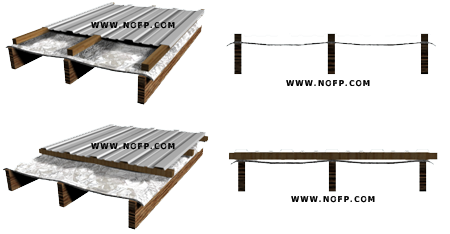
Wood Frame Roof without Furring strips

Steel Frame Roof with Furring strips

Steel Frame Roof without Furring strips

Roof Details
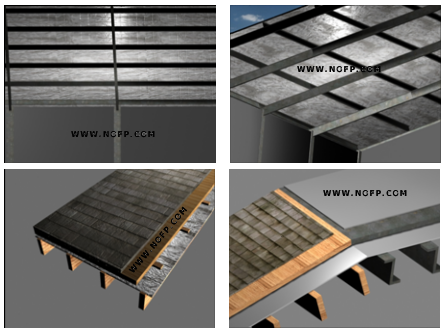
Wall Applications
In between studs

Post Frame Wall with Furring Strips
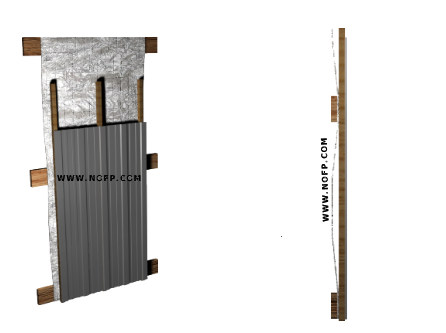
Post Frame Wall without Furring Strips
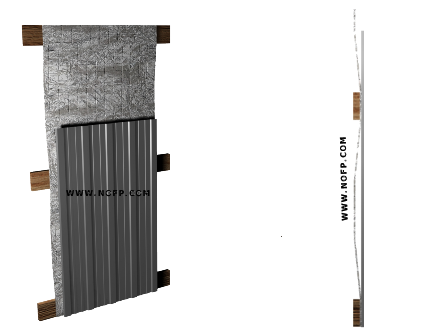
Steel Frame Wall with Furring Strips
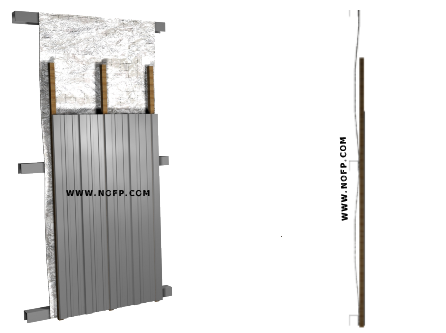
Steel Frame Wall without Furring Strips
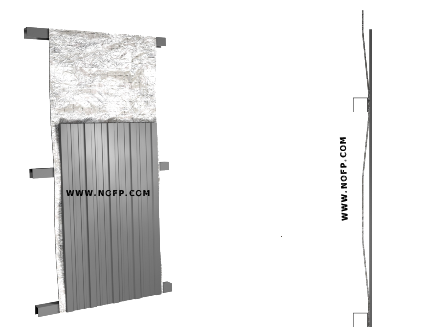
MicroVent HouseWrap
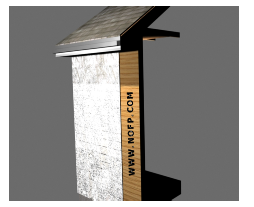
In between Floor Joist with Radiant Heat Floor

Underneath Floor Joist with Radiant Heat Floor
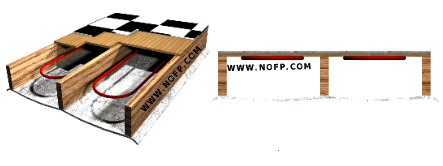
Sleeper Floor System
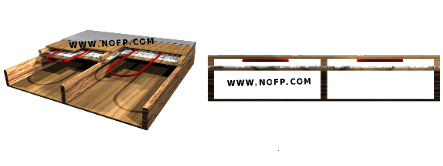
Spiral Wrap Duct Work
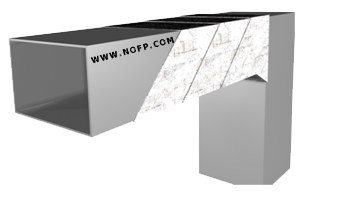
Wrap Duct Work
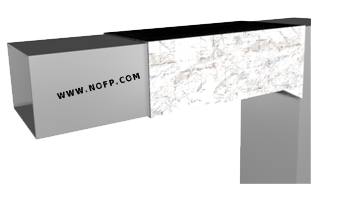
Duct Work with Spacers
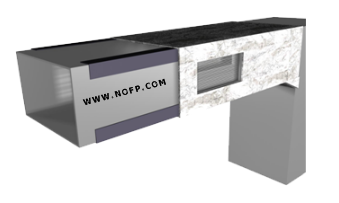
Barrier Radiant Floor Insulation
Barrier Under Concrete Insulation
